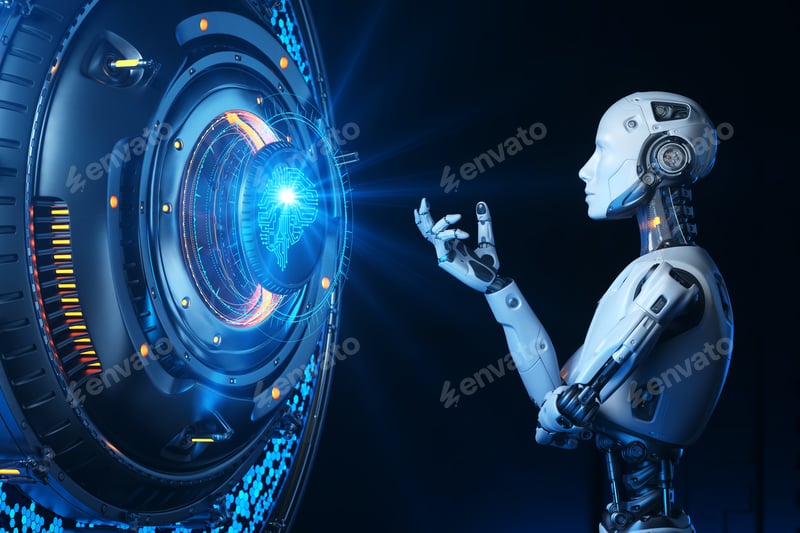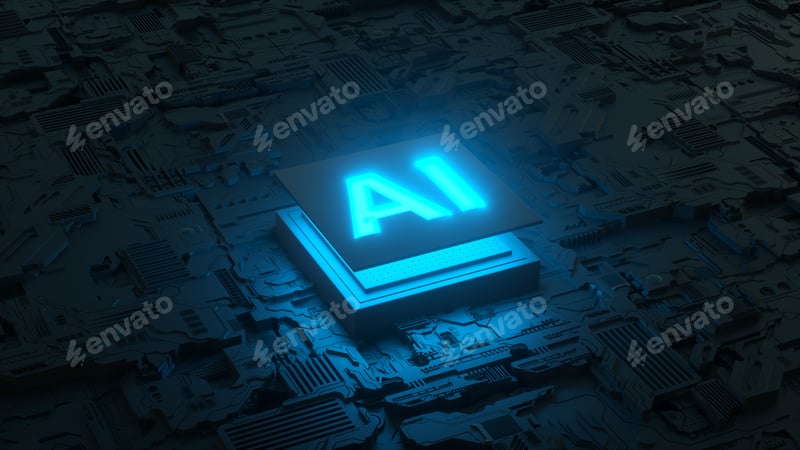Artificial intelligence is revolutionizing the world, and Baby AGI is at the helm of this change in the transformational era. Conceived to take us one step closer to the idea of Google Artificial General Intelligence, Baby AGI brings the future of adaptive learning, transfer learning, and simplified AI integration under one roof. When it comes to trends in AI, Baby AGI stands out as a revolutionary model. Join us in exploring how Baby AGI and related tools can transform your workflows and unleash unprecedented potential for innovation.
What Is Baby AGI?
Baby AGI is the
embryonic phase of Artificial General Intelligence (AGI). It is the result of
AI, designed to be specifically rational like a human being or adaptive to a
variety of tasks. In contrast to narrow AI models, it utilizes principles of
machine learning and NLP technology toward understanding different kinds of
tasks that are carried out with minimal supervision from a human being.
For instance,
where classic AI processes well at data analysis or image recognition, Baby AGI
brings all those things together and learns to change its algorithms to perform
several tasks seamlessly. The new definition of AI development marks an
important change from static, task-oriented models to adaptive, embedded
machine learning systems where the ability to solve problems is independent.
Key Characteristics of Baby AGI
- Adaptive
Learning Ability: Baby AGI never stops learning and
improving by incorporating new knowledge of data and environments without the
need for periodic updates.
- Second, Transfer
Learning Implementation: By
incorporating transfer learning, knowledge from one domain gets applied to
another by Baby AGI, reducing the time needed to train models for new tasks.
- Open Source AI Availability: Most Baby AGI platforms are designed as open-source AI; therefore, developers have an opportunity to customize and optimize tools for a variety of applications.
- Advanced NLP: Baby AGI does master understanding and generating human-like language,
meaning it is absolutely necessary for things like chatbots, creating content,
and even sentiment analysis.
- Multi-Task
Proficiency: Baby AGI handles multiple AI
research challenges and business requirements, rendering it a highly efficient
alternative.
Advantages
- Time-Saving
Efficiency: Automates complex workflows with
high precision.
- Cost-Effective
Solution: Reduces the cost of doing operations
by replacing some narrow AI tools.
- Scalable
Flexibility: Suitable for start-ups and large
firms because it has flexibility.
- Improved User
Experience: Similar to human interaction,
thanks to its NLP capabilities.
Disadvantages:
- Developmental
Issues: Currently at a nascent stage, not
adept at general reasoning.
- Resource-Intensive: Requires high computational power.
- Ethical Issues: Raises various concerns, such as data privacy and decision
transparency.
Top Alternatives to Baby You Should Know
1. OpenAI GPT Series
- Website: OpenAI
- Features: Powerful NLP engine, supports multi-language tasks, ideal for
content generation, and virtual assistance.
- Pros: Versatile; extensive community support.
- Cons: Can be computationally intensive.
2. Google AI Tools
- Website: Google AI
- Features: Offers tools for AI research, general AI, and embedded machine
learning.
- Pros: Backed by Google's extensive data and expertise.
- Cons: Less open for customizations.
3. Hugging Face Transformers
- Website: Hugging Face
- Features: Open-source library for machine learning and NLP.
- Pros: Pretty customizable, and user-friendly.
- Cons: Requires advanced knowledge of programming.
4. IBM Watson AI
- Site: IBM Watson
- Features: Specialized in data analysis, AI building, and natural language
understanding.
- Pros: Robust enterprise-grade solution.
- Cons: Expensive for small businesses.
5. DeepMind AlphaFold
- Site: DeepMind
- Features: Scientific discoveries focusing on the Baby AGI concept.
- Pros: Revolutionary applications in healthcare and science.
- Downsides: Limited to some domains only.
How to Use Baby AGI Tools Step-by-Step
- Determine Your
Goals: Identify the problem you want to
solve. This may include developing workflow, helping with customer
interactions, or other AI research.
- Pick the Right
Tool: Evaluate the tool based on features,
price, and compatibility with the use case you target.
- Installation
and Integration: Read the provided documentation of
the tool to help you install it. Integrate it with your existing systems.
- Training the
Model: Provide initial datasets and apply
transfer learning to save training time.
- Monitor and Optimize: Systematically monitor and optimize the performance of the tool to achieve optimal results.
Pricing of Baby AGI Tools
- Open-Source: Baby AGI is available for free as an open-source project.
- Support and
Services: Optional professional support
and services may be offered by contributors for a fee.
FAQs
What is Baby AGI used for?
Baby AGI is
mainly deployed to perform general intelligence-driven jobs, such as content
creation, predictive analytics, and personalized recommendations.
Is Baby AGI the same as general AI?
Baby AGI is
related to the pioneering levels of general AI where adaptability and
multitasking performance are accentuated.
What industries can benefit most from Baby AGI?
These industries including health care, finance, marketing, and education will extensively exploit Baby AGI for its adaptation to learn and efficiency.
Conclusion
The development
of Baby AGI is one of the biggest moments in AI history since it positions AI
between narrow AI and fully realized Artificial General Intelligence. Its
utilization in natural language processing, adaptive learning, and scalability
makes businesses seem revolutionized toward efficiency and being able to stay
ahead of the curve.







0 Comments